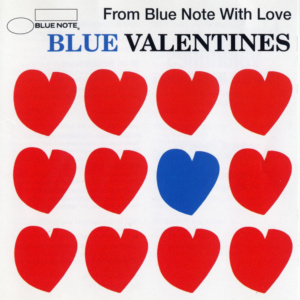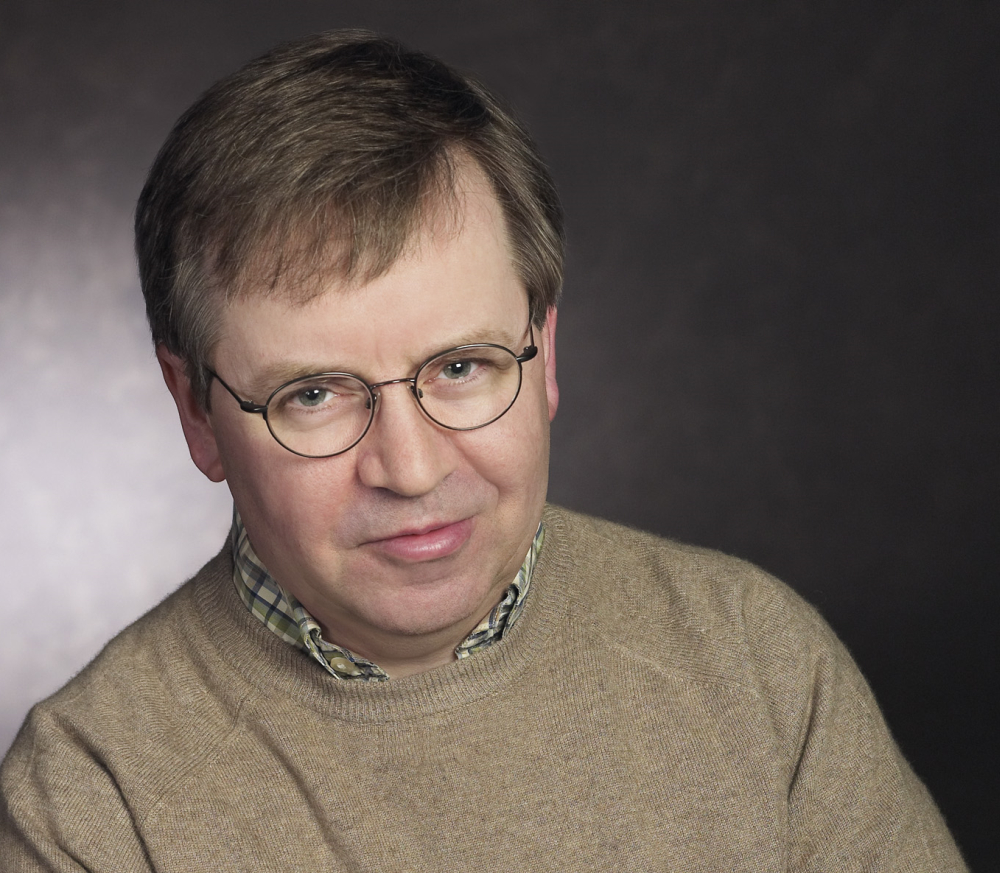The Night Beat Valentine’s Day
 On a very special Valentine’s Day (and Winter Pledge Drive Day) Night Beat, I’ve chosen some of my favorites by Nina Simone, Johnny Hartman, Shirley Horn, Tierney Sutton (appearing at Dazzle on February 16), Esperanza Spalding, and many more.
On a very special Valentine’s Day (and Winter Pledge Drive Day) Night Beat, I’ve chosen some of my favorites by Nina Simone, Johnny Hartman, Shirley Horn, Tierney Sutton (appearing at Dazzle on February 16), Esperanza Spalding, and many more.
As KUVO will be celebrating the Blue Note label’s 85th anniversary on February 15, and as in much of the world it will already be February 15 when my program airs, I’ll be including some of my favorite Blue Note recordings. I’ll single out one in particular: Art Blakey’s landmark album “A Night at Birdland” recorded at the club in New York City on February 21, 1954.
The Birdland recording was instrumental in the careers of three musicians who came to personify the sound and identity of the Blue Note label: drummer Art Blakey, pianist Horace Silver, and alto saxophonist Lou Donaldson. (We’ll feature a few more tracks from the album on my February 21, 2024 show)
Art’s soon-to-be-formed Jazz Messengers recorded for Blue Note from their inception in the 1950s through the summer of 1964 with many unreleased recordings continuing to be issued on a regular basis until the early 1970s.
Initially a disciple of the bebop style personified by Charlie Parker, Lou Donaldson developed a bluesy, soulful style that garnered him much success. His tenure as a recording artist for Blue Note continued through 1974.
By 1979, Horace Silver had the distinction of being the longest-tenured Blue Note recording artist. In fact at the time he was the only recording artist signed to the label. And when new owners took control around the same time, Horace opted to walk away from the label as he correctly sensed they had no interest in promoting jazz. By 1981 the new owners had entirely shuttered Blue Note. Fortunately, long-time recording company exec Bruce Lundvall was able to restart the label a few years later in 1985.
The extraordinary trumpeter Clifford Brown was also part of the Blakey band for the Birdland sessions as was bassist Curley Russell. Sadly Clifford was killed in a car crash in 1956 at the time he was co-leading a band with drummer Max Roach. The Birdland recordings capture Clifford at his prime.
Curley Russell continued to record through the 1950s with many important jazz musicians before walking away from the jazz life at the end of the decade. He would continue to play bass in bands that performed at clubs in the Catskills as well as some R&B bands until the mid-1960s when he ceased to perform in public. His string bass resides in a collection of his materials housed at Rutgers University.
______________________________________________________
Back to the pledge drive: Your financial support of KUVO is the main reason why we can continue to offer you music that’s rarely heard anywhere else. And all of the voices you hear as part of the Night Beat are those of volunteers who love jazz and want to keep doing what we do. Please consider pledging your support by calling 800-574-5886, visiting the KUVO website at kuvo.org, or texting “GIVE” at 800-574-5886. Also one last request: whenever you make your pledge, please take a moment to tell us how much you appreciate and enjoy the weeknight programming. Thanks!
Stay connected to KUVO’s programs and our community! Sign up for the Oasis E-News today!
Become a Member
Join the growing family of people who believe that music is essential to our community. Your donation supports the work we do, the programs you count on, and the events you enjoy.
Download the App
Download KUVO's FREE app today! The KUVO Public Radio App allows you to take KUVO's music and news with you anywhere, anytime!
